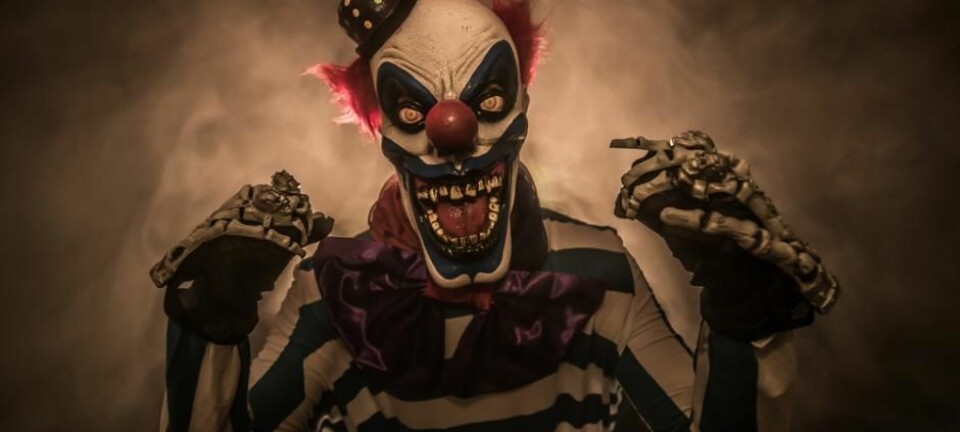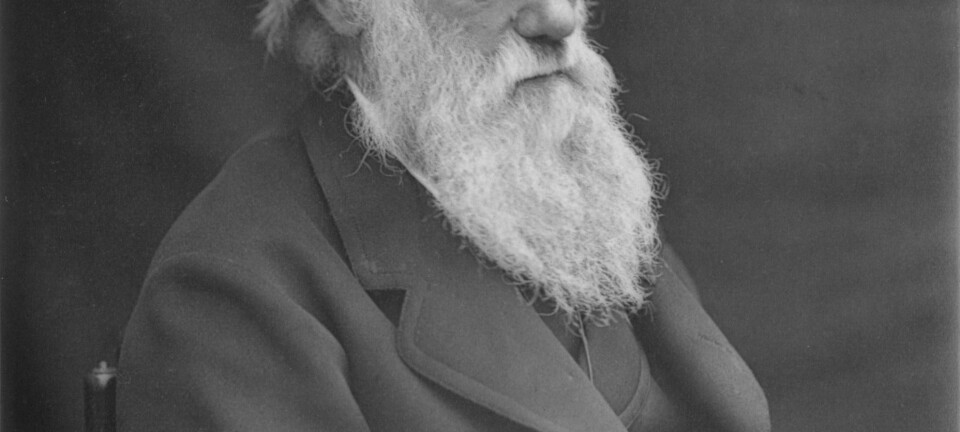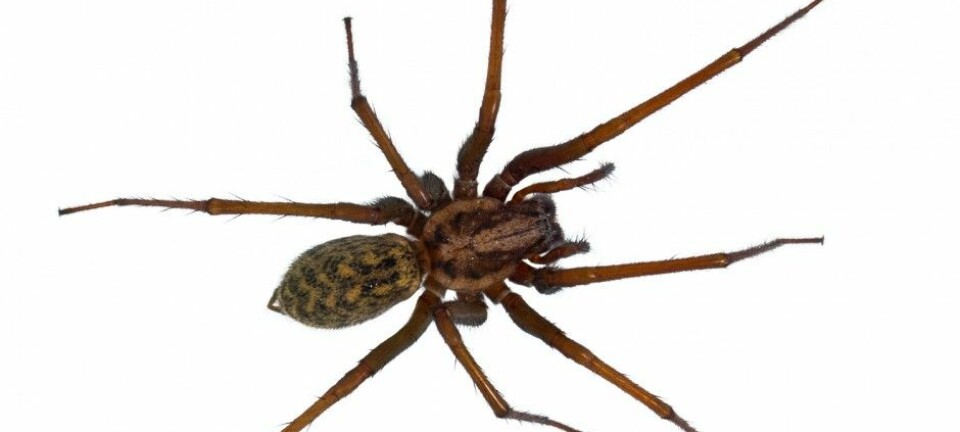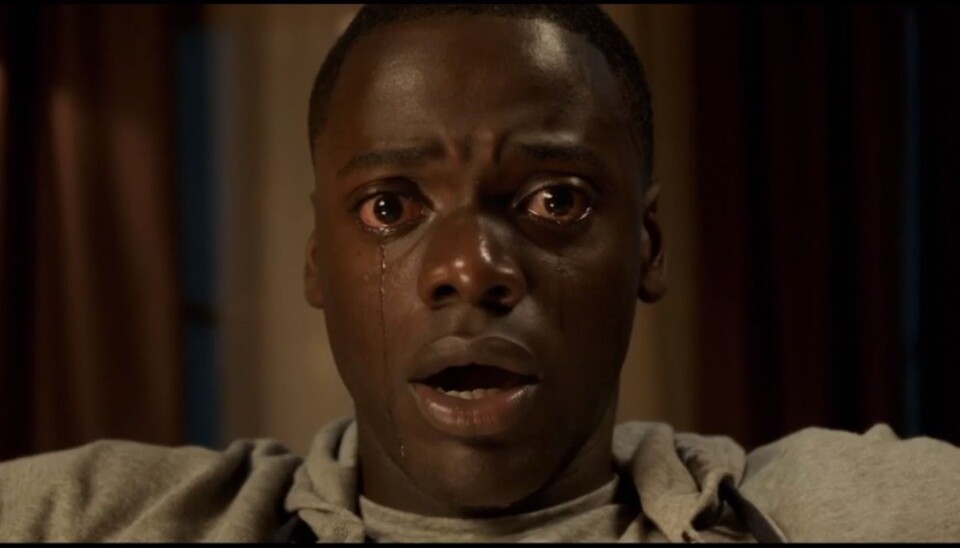
Why horror is so popular
And may even be good for us.
Imagine you’re an alien anthropologist sent to Earth to document the behaviour of the strange bipedal mammals who inhabit the planet. You stumble into a movie theater that’s showing the latest Hollywood horror film.
Several dozen humans are gathered together in a dark, undecorated room. They’re all staring at a rectangular area on which patterns of light change rapidly.
They are clearly in a state of high arousal. Their hate rate is elevated, they occasionally glance around nervously, and they sometimes jump collectively in their seats, and emit high-pitched warning calls.
Eventually, the lights come up and the rectangular screen goes black. The humans stand up and leave the room, chatting and laughing, and showing signs of pleasure.
What on earth is going on?
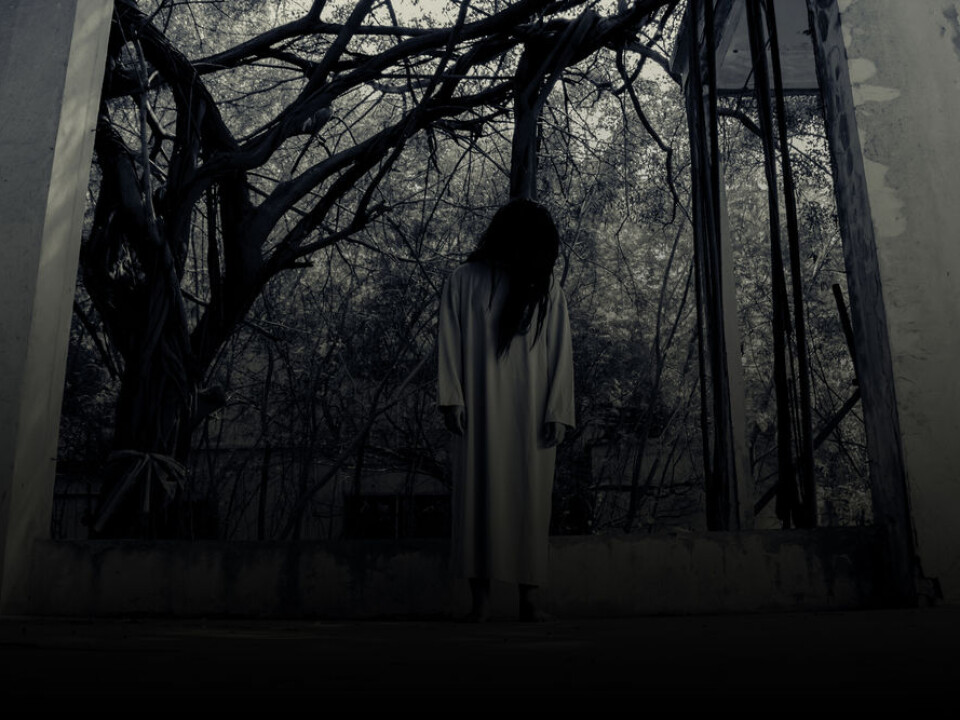
Why do these humans voluntarily expose themselves to what appears to be a deeply unpleasant experience? And why do they react so strongly to those patterns of light on a screen?
Read More: Horror games can be more frightening than movies
We evolved to enjoy being scared
I am fascinated with the paradox of horror–the strange fact that many people seek out scary entertainment. It’s the topic of my new book, Why Horror Seduces, and also of my TEDx talk, “Lessons from a terrified horror researcher,” which you can see at the top of this article.
I think the answer to the puzzle lies in human nature.
My research suggests that humans evolved to find pleasure in situations that allow us to experience negative emotions in a safe context. You can see these element of horror in children’s games. Take hide-and-seek for example, which is a simulation of a predator-prey interaction. The kid hides and the adult pretends to be a troll or a predator, searching for the child while growling like a dangerous beast.
This simulation gives the child crucial information about how to avoid becoming prey, and children tend to find that kind of activity deeply satisfying, presumably because it gives them a safe experience of a potentially catastrophic scenario.
They find it pleasurable, and pleasure is evolution’s way of motivating us toward adaptive behaviour.
Read More: Your DNA loves horror movies
Animals play too
And it’s not just our kids that do this. Many non-human animals evolved to find pleasure in play, because it gives them vital experiences and allows them to develop behavioural and psychological coping strategies under safe conditions.
Just think of kittens play-fighting: They learn the dynamics of physical confrontation in a safe setting with minimal cost and risk. This is clearly safer than if they learned by trial and error through hostile confrontations out in the wild.
Horror exploits our defence mechanisms
Horror is pleasurable to many people because it lets us play with negative emotions and develop coping strategies. We learn what it feels like to be truly afraid, and we learn how to handle negative emotion.
How, then, does horror work? My research suggests that horror works by exploiting an ancient set of biological defence mechanisms–an evolved fear system.
That system evolved to protect us from danger, and we share it with other animals. Rats, goats, and marmots, all exhibit fearful behaviour. We even see it in snails and flies.
Read More: Wolves love and fear forest roads
Horror refines coping skills
But humans are uniquely imaginative, and we use our evolved imagination to travel into virtual worlds that are full of danger.
When we read a horror novel or watch a horror film, we respond to the dangerous and horrifying situations that are being depicted. We identify with the fictional characters who confront terrifying threats. We feel revulsion at the sight or description of the rotting zombie, and terror at the depiction of a tentacled Lovecraftian monster.
We go through a range of emotions as we’re watching or reading, and through that experience we learn something about our own responses.
Horror provides us with insights into ourselves and into the dark corners of the world, and it lets us develop and refine coping skills that may be critical later in life.
Read More: Researchers find possible cure for social anxiety disorders
Give your fear system a workout
In other words – there are good reasons for watching a horror film tonight, even if you’re not a hardcore horror fan.
You may want to start with something fairly mild, though, as you’re giving your evolved fear system a work-out. If you make it through the film in one piece, you’ll probably experience a strong sense of mastery, a sense that you were able to make it through an aversive experience.
You may also experience nightmares and other behavioural disturbances but, well, everything comes at a price. Watching a horror film may make you better at handling your own fear, and who knows when that will become critically relevant?
---------------
Read this article in Danish at ForskerZonen, part of Videnskab.dk
